
Since the beginning of this year, China’s economy continued to operate stably with good momentum for growth. Economic structural continued to optimize. Multiple statistical data is improving. Meanwhile, the global economy is improving gradually, and is expected to maintain an upward trend. Experts said that to ensure stable economic development, China should step up efforts in the supply-side structural reform and cultivate more economic growth impetus.
Stabilize with good momentum, structure optimizes
"Since the beginning of this year, as the supply-side structural reform deepens, the economy has registered a slower but stable performance with good momentum for growth,” said He Lifeng, director of the National Development and Reform Commission (NDRC). This can be reflected on the four aspects: the economy operates stably on the whole; the economic structure continues to optimize; new and old impetuses are changing fast; impetus of development continues to strengthen.
Liu Fengliang, executive vice president of Renmin University of China Graduate School and researcher of the National Academy of Development and Strategy, said that the economy in the first half of this year will see steady growth as the second half of last year. A number of economic data has improved. The nominal GDP growth rate picked up for five consecutive months. The micro-foundation of economic operation has been further strengthened. The economic structure has been continuously optimized. The economy generally takes off on a good start.
Liu Fengliang said that this not only marks that the economy has bottomed out, and the risk and pressure have released, but also suggests that initial success was achieved in the supply-side structural reform.
The International Monetary Fund (IMF) also raised its forecast for China's economic growth from 6.6 percent to 6.7 percent this year, and predicted an average annual growth rate of 6.4 percent in China from 2018 to 2020. This is the second time that the IMF raised its forecast for China's economic growth.
Zhang Yansheng, researcher of the academic committee of the NDRC and chief researcher of China Center for International Economic Exchange (CCIEE), said that this year will also see the global economy stabilize. Trade and investment in all countries around the world are stabilizing and recovering. By 2020 or 2021, the global economy is expected to return to a long-term equilibrium.
Resolve risks, improve quality and efficiency
Although the economy is still under the downward pressure, but the trend to stabilize is undoubted, and new growth points continue to emerge. Meanwhile, the three risks in economy, including decline in real estate investment, are gradually resolving.
First, as for real estate investment, statistics from January-May show that despite a slowdown, the real estate investment growth is very likely to maintain at the current level in the second half of this year.
Zhu Baoliang, head of the Department of Economic Forecast of the State Information Center, said that over the past two years, housing inventories have been digested fast. The Ministry of Land and Resources (MLR) and Ministry of Housing and Urban-Rural Development required that land supplies for house construction should be adjusted along with the destocking cycle, and regions with few land supplies should be provided with more supplies. In recent months, the area of land sales and new construction area have grew rapidly, which means that in the next coming few years, real estate investment will remain a high growth rate.
Second, as for local government debt, the Ministry of Finance issued various documents to regulate local governments’ debt financing. Lian Ping, chief economist with Bank of Communications said that in the view of debt growth, the government debt absolute level is not high, and is decreasing. The non-government sector is cutting leverage. China has strengthened the management and clean-up of local government financing platforms since 2013. After the implementation of the new budget law, China has gradually established a standardized local government debt financing mechanism. The leverage ratio of government was slightly higher than 50 percent in 2013, and dropped to 46 percent now.
As for debt risk, Xu Zhong, head of the Research Bureau of the People's Bank of China, said that the policy should not be of "one size fits all"; instead it should be flexible and reflect the economic level of different regions.
Secondly, as for overcapacity, the steel and coal industry has achieved over 60 percent and 40 percent of their targets in cutting overcapacity for this year. Meanwhile, the adjustment in traditional industries is advancing. The stability of economic growth continues to increase.
Cao Yuanzeng, chairman of BOC International, believed that industries with excessive capacities in China have are highly leveraged. Mostly are the coal and steel industry. China's economy began to resume growth last year, and had registered growth for five consecutive quarters, indicating that the macro-economy is basically stable, creating conditions for deleveraging.
Deepen reform, seek stable performance, make progress
After the economy enters into the new cycle, it will show stronger momentum. Liu Yuanchun, vice president of Renmin University of China and the National Academy of Development and Strategy, said that to enter a new cycle, it needs another new round of reform and opening up as well as new impetus. To enter the new cycle, there are three obstacles to get through: financial consolidation and real estate governance, state-owned enterprise (SOEs) reform, government reform.
Liu Fengliang said that we should push forward the supply-side structural reform, clearly define the boundaries between the government and the market, adjust relationship between the central government and local governments with the fiscal reform as its representative and promote the SOEs reform with mixed ownership as a facet.
An industry insider said that in the short term, in order to provide time and space for reform, it needs to give financial and financial policies to play. For example, fiscal policy should make taxation play a positive role in the economy.
"Next China will continue to implement the new development concept, remain committed to the underlying principle of making progress while keeping performance stable, focus on supply-side structural reform, maintain stable growth, promote reform, make structural adjustments, improve living standards, and guard against risks, promote the economy to develop with a high quality in a more efficient, fairer and more sustainable way,” He Lifeng said. He said that firstly it should adhere to innovation and improve macroeconomic regulation to ensure stable economy development; secondly it should deepen the supply-side structural reform and focus on the expansion of effective supplies; thirdly, it should stick to innovation-driven development and focus on revitalizing the real economy; fourthly, it should to adhere to optimize the system supply and focus on stimulating endogenous power for economic growth; fifthly, it should adhere to a more active and open strategy and open wider.
















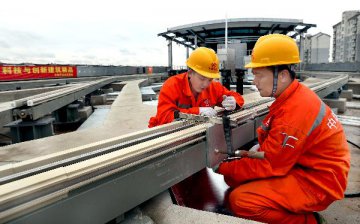

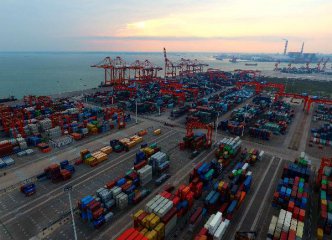
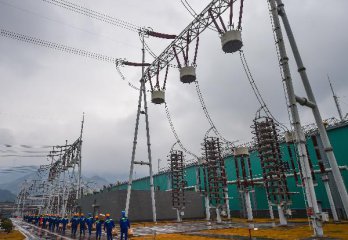
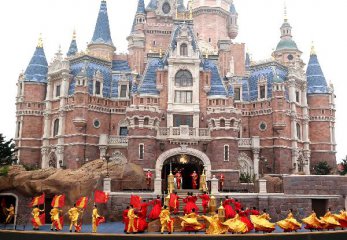
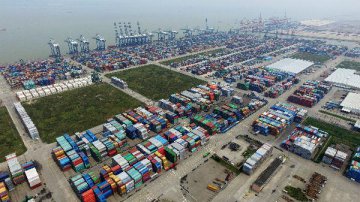


Latest comments